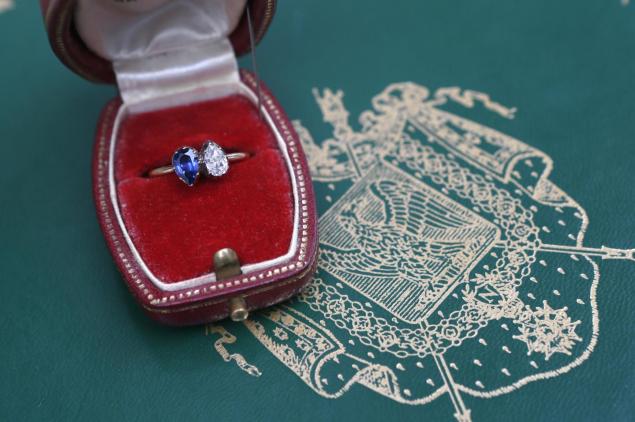

In March 2013, history repeated itself in an unusual way. The engagement ring that Napoleon had probably burned a hole in his wallet to buy his fiancée Josephine in 1796 sold for a whopping $949,000 at France’s Osenat auction house.
The ring in question is an eighteenth century jewel in gold, with a jewel setting romantically called “toi et moi” which means “You and Me”. Two tear-shaped jewels – a diamond and a blue sapphire – are set opposite each other, weighing a little less than a carat each.
The Priceless Romance of Napoleon’s Ring
Osenat had valued the ring based on the current market value and had not considered the historical value of the trinket. After all, said the lady that led the auction for Osenat, “it’s not our job to tell bidders how much to pay for historical premium”. That is not surprising, considering how hard it is to put a value on history, which can mean different things for different people.
Clearly, the winning bidder was willing to pay for the great (and perhaps unhappy romance) that is associated with the ring. Napoleon met Josephine, who was a widow with 2 children at the time and 6 years older than him, in September 1795. Napoleon was smitten within a few months of meeting her. He was not wealthy by any means at the time, though he was a young officer with a great future before him. But his great love has been documented in his journal and the letters he sent to his wife from his campaigns against Italy. The couple was married on March 9, 1796, but had only 36 hours together before Napoleon had to leave. “My happiness is to be near you”, Napoleon wrote in one of his letters.
But the marriage was doomed, most likely brought on by the distance and Josephine’s affair with Lt Hippolyte Charles in Paris that turned Napoleon against her. She continued to treasure the ring however, and passed it down to her daughter who was to become the Queen of Holland. The daughter then passed it down to her son Napoleon III and his wife Eugene.
A single piece of jewel carrying such baggage and story is bound to be a great item to gift your beloved and hand down to your children. But the engagement ring hasn’t always had such romantic stories behind it.
The Romantic History of The Engagement Ring
You may be surprised to find that the history of the engagement ring was hardly romantic to begin with – it was really a collateral for the bride-to-be’s priceless virginity! An old time law (that was only abolished in many US states in the 1940s) called the Breach of Promise to Marry protected women from being ‘sullied’ and then abandoned before the marriage. Soon women started asking for some kind of financial assurance at the outset, and the engagement ring was born!
That is hardly the stuff romance is made of. In another light, the engagement ring was also a way of marking property, in medieval England for instance, where a ring was a sign that a woman was already promised to another man.
Engagement rings were also often simple wedding bands in the past, some with gemstones others with inscriptions. Diamond betrothal rings as a “token of love” were only documented in the fifteenth century. That was when new cutting techniques for the gems were invented. And even then diamonds were not the gem of choice for engagement rings, colored gems like sapphires and rubies being preferred until the 20th century. That was when De Beers began aggressively marketing diamonds as “forever”, feeding into the fantasy of women to have their marriages last. Today, for better or for worse, independent women still love their diamonds, just as Empress Josephine did long after her marriage had ended.
Despite the enormous romantic history associated with Napoleon’s ring, Osenat was still astonished by the price the winning bidder was willing to pay for it. The Fontainbleu auction house had expected to bring in about $20,000 for the ring, but the buyer broke all expectations with his bid and commission to the auction house totaling $1.17 million!
The interest in the ring was great on a day that coincided with Empress Josephine’s 250th birth anniversary. Along with the 300 people present at the auction house, there were another 50 international bidders connected by phone and 40 additional bidders that emailed in from the US. There were also unseen wealthy spectators that rented private spaces above the sales floor to watch as the ring that carried one of the world’s greatest stories sold within 15 minutes.

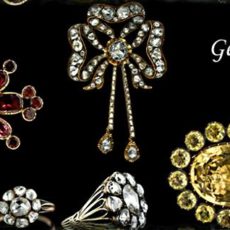
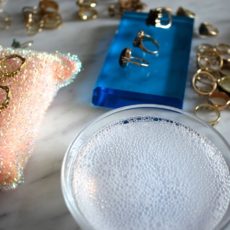
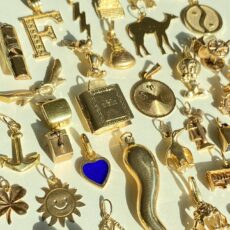
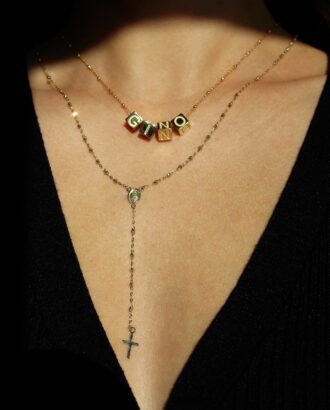
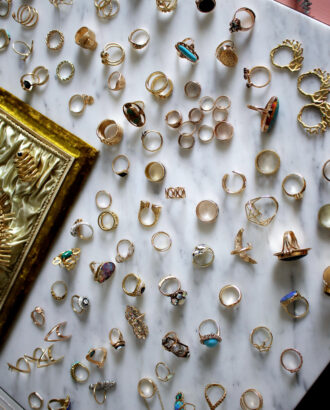
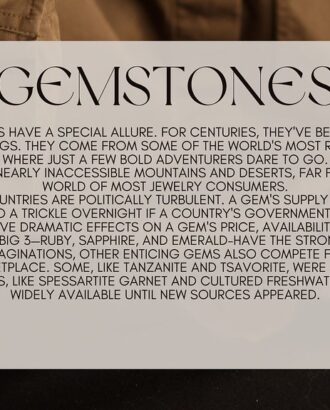
Circa 1700 March 10, 2014 at 8:39 am:
Fantastic post!
Filledelune March 10, 2014 at 12:52 pm:
This was fascinating